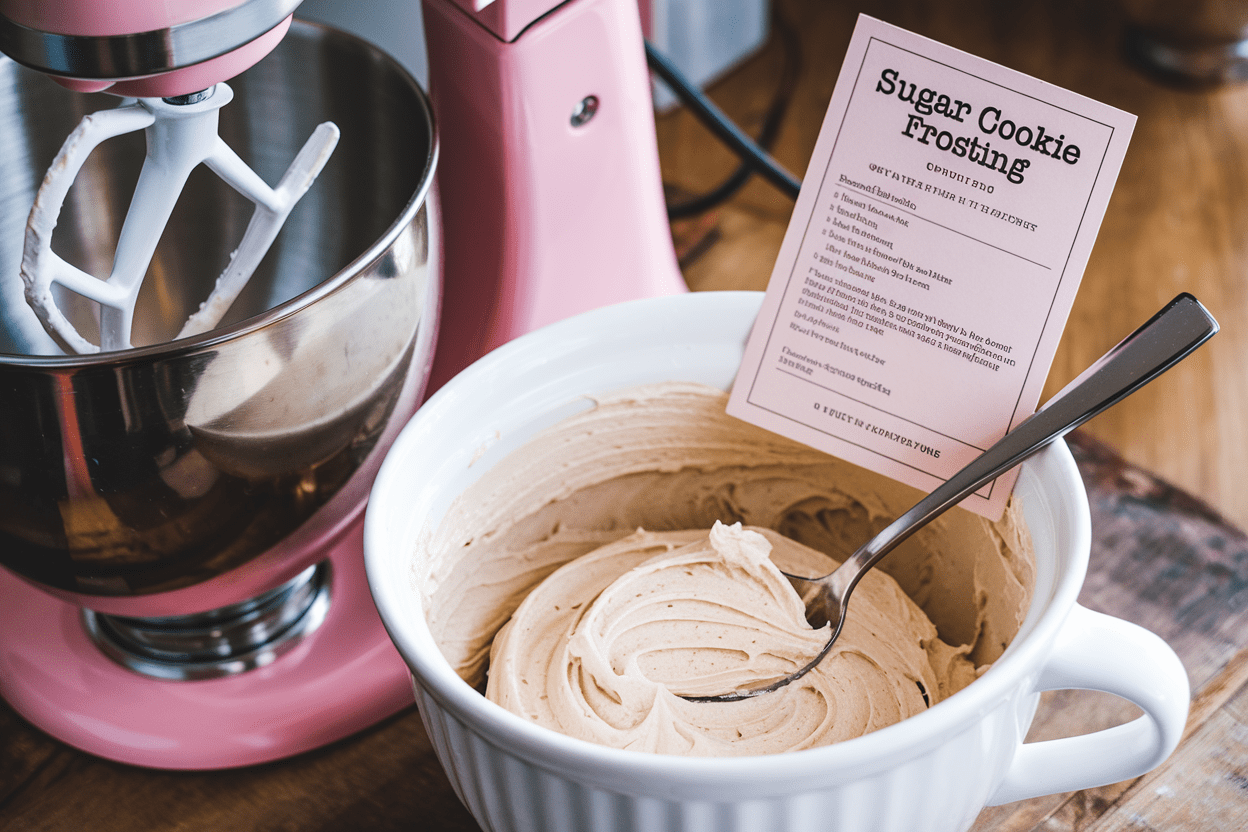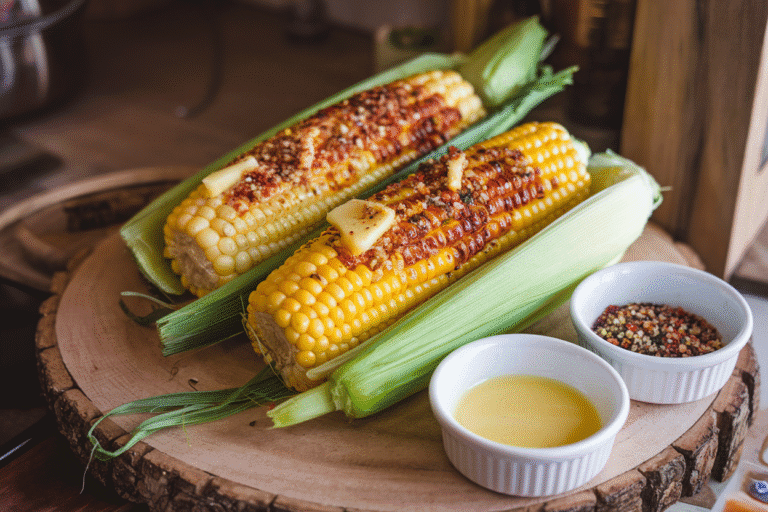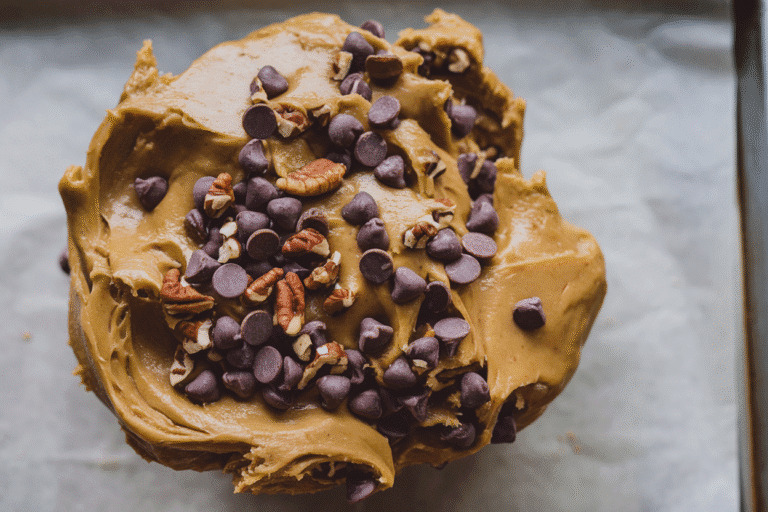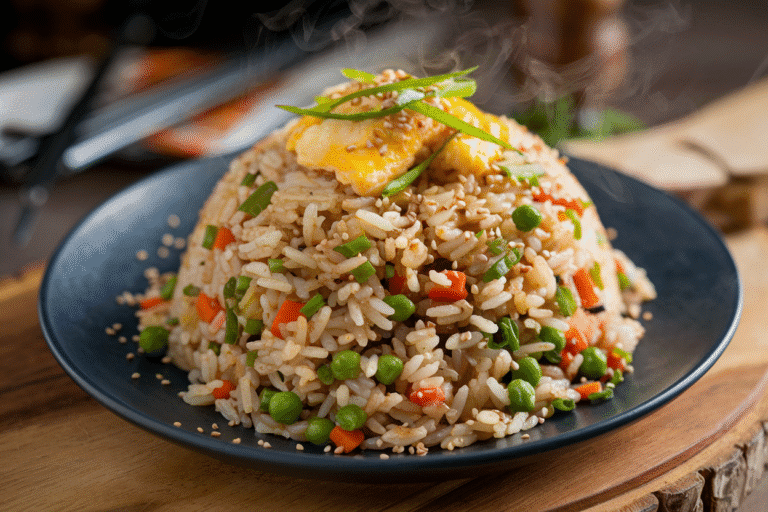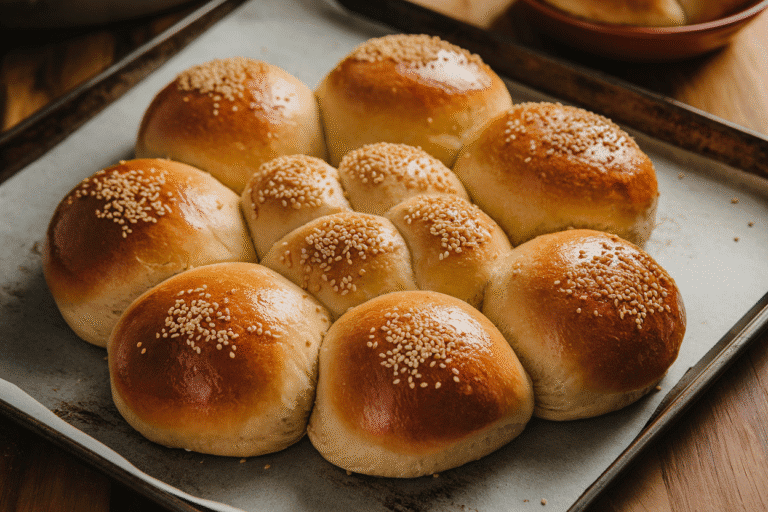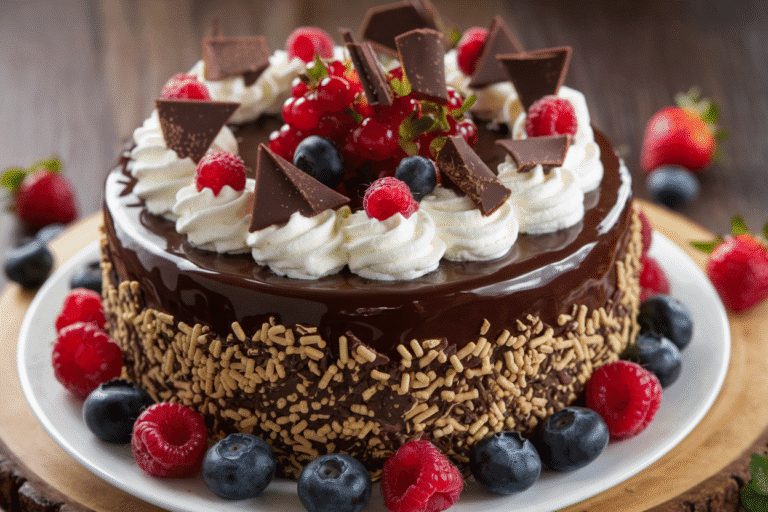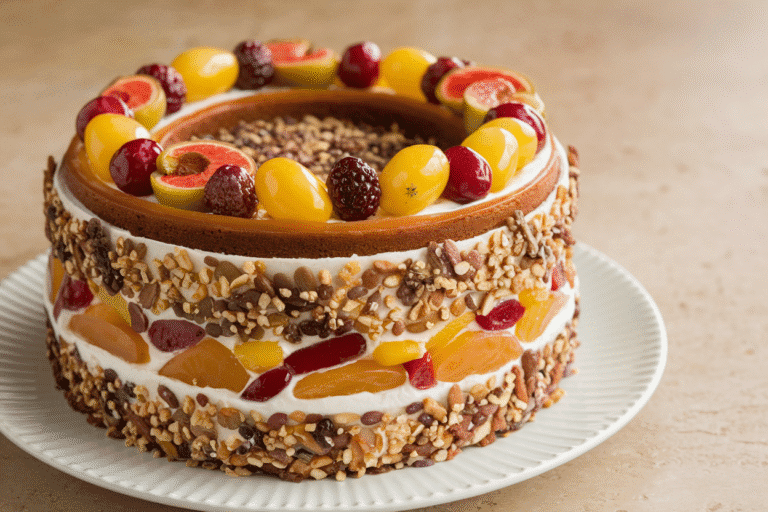This Sugar Cookie Frosting Recipe Will Make Strangers Ask for Your Secret (And Your Kids Lick the Bowl)
You don’t need a pastry chef or a mixer the size of a bulldozer to make frosting that slaps. You just need a handful of pantry staples and a method that actually works every time. This sugar cookie frosting recipe is creamy, pipeable, and sets with a soft crust—so your cookies look pro without tasting like plastic.
It’s the difference between “cute” and “who made these?” Ready to make your cookie game unfairly good?
Why You’ll Love This Recipe
- Soft-set finish: Dries enough to stack without becoming rock hard. No more shattered teeth or frosting smears.
- Pipeable but spreadable: Holds its shape for swirls and borders yet glides like a dream with a spatula.
- Balanced sweetness: Vanilla-almond combo gives bakery flavor without sugar-bomb vibes.
- Color-friendly: Takes gel food coloring like a champ for vibrant shades that don’t fade.
- Make-ahead friendly: Stores well, refreshes fast, and stays smooth. Your schedule wins.
What You’ll Need (Ingredients)
- 1 cup (226 g) unsalted butter, softened to cool room temp (about 65–68°F)
- 3.5–4 cups (420–480 g) powdered sugar, sifted
- 3–4 tablespoons heavy cream (or milk, but cream = silk)
- 1 tablespoon pure vanilla extract
- 1/2 teaspoon almond extract (optional but highly recommended)
- 1/4 teaspoon fine sea salt (balances sweetness)
- Gel food coloring of choice (optional)
- Sprinkles (optional, but like…obviously)
The Method – Instructions
- Start with butter at the right temp: Press it; it should yield slightly but not feel greasy.
Too cold = lumpy. Too warm = soupy.
- Cream the butter: Beat on medium for 1–2 minutes until smooth and slightly pale. You’re building a fluffy base.
- Add sugar in 3 parts: Sift first, then mix in 1 cup at a time on low until incorporated.
Scrape the bowl. Avoid sugar fog—your lungs will thank you.
- Add flavor + salt: Mix in vanilla, almond extract, and salt. Taste.
If it screams “sweet and flat,” you need that salt.
- Adjust consistency with cream: Add 1 tablespoon at a time, beating on medium until the frosting looks smooth and slightly glossy. For piping, keep it thicker; for spreading, go softer.
- Beat for 1–2 extra minutes: This adds air for a cloudlike finish. Stop before it looks bubbly; you want smooth swirls, not air holes.
- Color like a pro: Divide and tint with gel coloring.
Start with a tiny dot—gels are potent. Mix just until uniform to avoid micro-bubbles.
- Frost cooled cookies: Use an offset spatula for smooth tops or a piping bag with a round or star tip. If you want sprinkles to stick, add them immediately.
- Let it set: Leave frosted cookies at room temp 2–4 hours to get that soft crust.
Then you can stack with parchment between layers.
- Final check: If frosting sits out and crusts in the bowl, stir vigorously with a spoon to bring it back to life. A teaspoon of cream can help, too.
Preservation Guide
- Room temperature: Up to 2 days in an airtight container if your kitchen is cool (below 72°F). Keep out of direct sun or heat.
FYI: the sugar acts as a preservative.
- Refrigerator: Store frosting up to 1 week. Press plastic wrap directly on the surface, then lid. Bring to room temp and re-whip briefly before using.
- Freezer: Freeze up to 2 months.
Thaw overnight in the fridge, then bring to room temp and beat 30–60 seconds with a spoon or mixer to re-emulsify.
- On cookies: Frosted cookies keep 3–4 days at room temp in a tin or sealed container with parchment dividers. For longer, refrigerate up to 1 week.
Benefits of This Recipe
- Foolproof texture: The butter-to-sugar ratio keeps it stable and workable—no gritty surprises.
- Bakery-style flavor: Almond extract adds that “what is that?” note you taste in pro cookies.
- Customizable consistency: Cream adjusts the spread vs. pipe factor in seconds.
- Color without compromise: Gel dyes keep the texture intact and the colors saturated.
- Kid- and party-approved: Sweet, smooth, and stackable—transport without fear.
What Not to Do
- Don’t use melted butter: It’ll break the emulsion and leave you with greasy, sad frosting.
- Don’t skip sifting: Powdered sugar clumps are tiny wrecking balls for smoothness.
- Don’t over-thin: More liquid seems helpful…until your frosting slides off the cookie like it’s trying to escape.
- Don’t use liquid food coloring: It waters down the frosting and fades. Gel only, please.
- Don’t frost warm cookies: Heat melts butter.
You’ll get a transparent, sticky mess. Patience is the flex.
Alternatives
- No almond extract: Swap with more vanilla or try 1/4 teaspoon butter extract for a nostalgic bakery note.
- Dairy-free: Use vegan butter sticks and non-dairy milk (oat or soy). Add 1–2 teaspoons cornstarch if it’s too soft.
- Citrus twist: Use 1 teaspoon lemon zest and 1/2 teaspoon lemon extract for bright sugar-cookie vibes.
- Maple moment: Replace 1 tablespoon cream with real maple syrup and add a pinch of cinnamon.
- Glaze version (shiny): Mix 2 cups powdered sugar with 2–3 tablespoons milk, 1 teaspoon vanilla, and a touch of corn syrup for gloss.
It dries firmer than this butter-based frosting.
How do I fix frosting that’s too thick?
Add cream 1 teaspoon at a time and beat briefly. Go slow—over-thinning is way easier than fixing a runny mess.
My frosting is gritty. What happened?
Either the powdered sugar wasn’t sifted, or it’s a lower-quality brand with larger crystals.
Sift and beat an extra minute; a tablespoon of cream can help smooth it.
Can I make this ahead for a party?
Yes. Make up to 3 days ahead, refrigerate, then bring to room temp and re-whip. If coloring multiple shades, store each in its own container to avoid color bleed.
Will it crust so I can stack cookies?
It forms a soft crust after 2–4 hours, especially in low humidity.
Stack with parchment between layers. For firmer stacking, chill briefly to set, then store at room temp.
Can I use this on cakes or cupcakes?
Absolutely. It’s essentially American buttercream with a sugar-cookie flavor profile.
For cakes, thin slightly with cream for smoother spreads.
What if I only have salted butter?
Use it, but reduce or omit the added salt. Taste as you go. Salted butter brands vary wildly, so adjust IMO.
Is there a way to make it less sweet?
Add a squeeze of lemon juice or a pinch more salt.
Or replace 1–2 tablespoons of cream with full-fat sour cream to cut through the sweetness without ruining texture.
Can I pipe detailed designs?
Yes—aim for a thicker consistency. If the edges don’t hold, beat in more powdered sugar a tablespoon at a time until it behaves.
In Conclusion
This sugar cookie frosting recipe nails the sweet spot: smooth, flavorful, easy to color, and sturdy enough to stack. It’s the kind of frosting that makes basic cookies look boutique and taste even better.
Keep the ingredients simple, nail the consistency with cream, and let the soft crust work its magic. Your cookies are about to get attention they absolutely didn’t ask for—but totally deserve.
